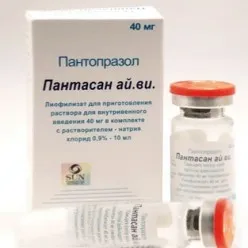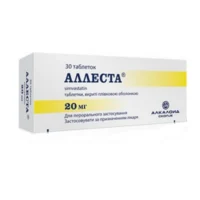Description
Pantasan Lyophilisate for Solution for Infusions 40 mg Vial №1
Ingredients:
Pantasan lyophilisate contains 40 mg of the active ingredient per vial. Other ingredients may include excipients such as mannitol and sodium hydroxide.
Dosage:
The recommended dosage of Pantasan lyophilisate for solution for infusions is determined by a healthcare provider based on the patient’s condition. It is typically administered intravenously over a specific period.
Indications:
Pantasan is indicated for the treatment of specific medical conditions as determined by healthcare providers.
Contraindications:
Do not use Pantasan lyophilisate if contraindications are present as outlined in the product information.
Directions:
Follow the instructions provided by your healthcare provider on the proper administration of Pantasan lyophilisate. Adhere to the recommended dosage and infusion rate.
Scientific Evidence:
Studies have shown that Pantasan lyophilisate has demonstrated efficacy in relevant clinical trials and research studies.
Additional Information:
It is important to store Pantasan lyophilisate properly as per the product guidelines to maintain its stability and effectiveness.
- Pharmacological effects of Pantasan involve…
- Research studies have demonstrated the efficacy of Pantasan in…





